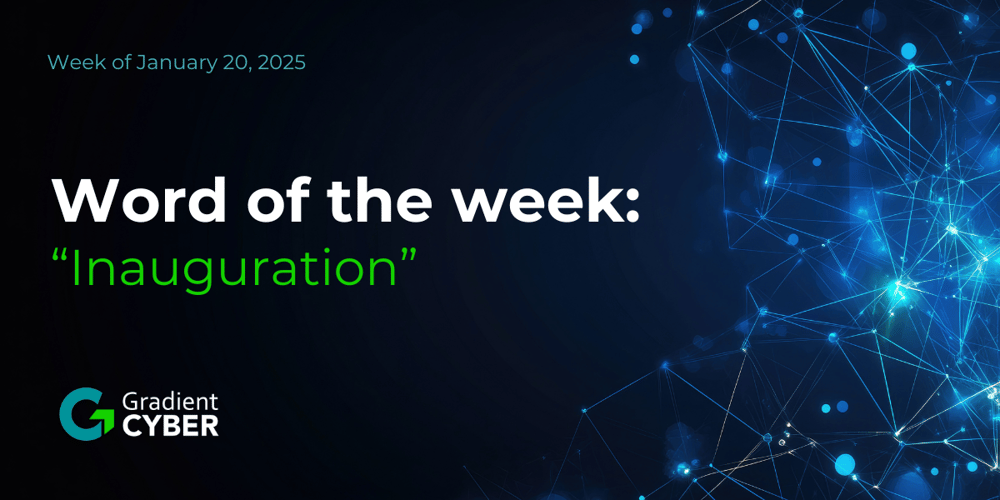- 60% of K-12 educators and administrators report having no formal training for remote education despite 80% now being required to offer most if not all classes online.
- Roughly 50% of all school districts have not initiated formal cybersecurity response training programs despite frequent requests from the FBI (Federal Bureau of Investigation) and the Department of Homeland Security's Cybersecurity and Infrastructure Security Agency
- Over 50% of K-12 schools cite budget shortfalls as the main barrier to rolling out more expansive cybersecurity threat response protocols.
- About 60% of educators use personal electronic devices to conduct remote learning sessions, and 34% do not have formal training about rudimentary cybersecurity best practices.
4
min. read





